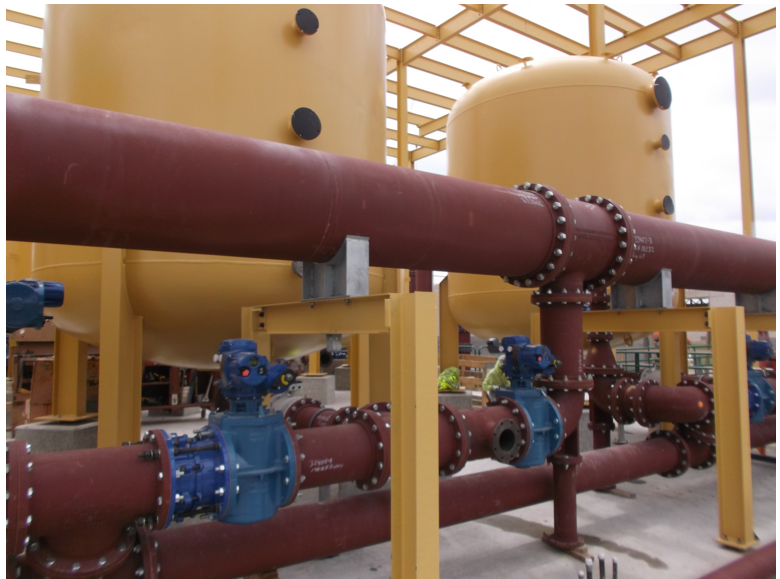Home > Case Study

Arsenic widely exists in nature, distributed in a variety of minerals, usually with sulfur and metal elements coexist, the metal smelting process is leached.Arsenic is a highly toxic
substance and belongs to the first class of pollutants. Currently, the maximum allowable discharge concentration of arsenic in China's wastewater is 0.5mg/L, and the wastewater containing arsenic can only be discharged into the environment after treatment.
At present, the treatment methods of arsenic wastewater mainly include chemical precipitation, physical adsorption and microorganism.Chemical precipitation method mainly includes neutralization precipitation method, flocculation precipitation method and sulfide method, etc., which is suitable for the initial treatment of high-concentration arsenic wastewater, but it is difficult to meet the discharge standards for arsenic treatment, and further removal of arsenic is needed to make the wastewater discharge meet the standards.When arsenic reaches a very low concentration, it can be removed by ion exchange resin.
AS600 is a resin specially designed to remove arsenic. It is highly selective in removing arsenic from groundwater and is suitable for fluctuating PH and TDS water quality.The product's high selectivity to arsenic means that the amount of residual arsenic in the treated water is much lower than the 10ppb limit specified for drinking water.
